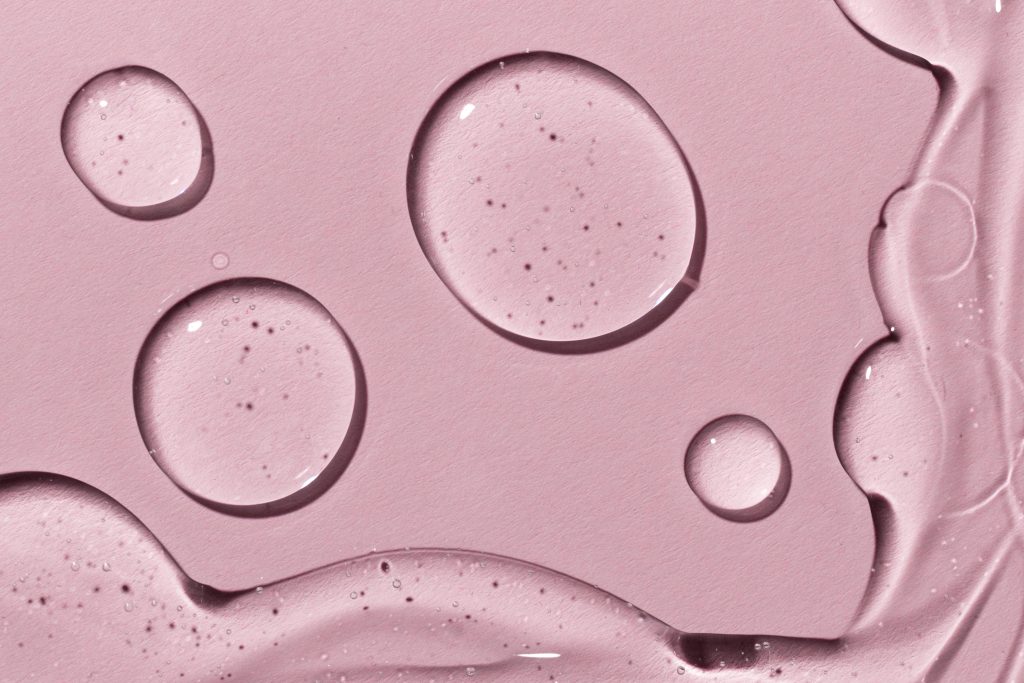The cosmetics industry is increasingly prioritizing ingredient safety, focusing on their impact on both human health and the environment. One pressing concern is the presence of endocrine disruptors in formulations. These substances can interfere with hormonal processes, potentially leading to long-term health and environmental consequences.
In this context, butylated hydroxytoluene (BHT), a widely used synthetic antioxidant, has been scrutinized for its potential role in endocrine disruption. While its effects remain unclear, natural antioxidants like tocopherol (vitamin E) are being embraced for their safety and additional benefits in cosmetic applications.
What are endocrine disruptors?
Endocrine-disrupting chemicals (EDCs), also known as endocrine disruptors, are substances capable of altering the normal functioning of the endocrine system by interfering with hormone production, signaling, or action. These disruptions can lead to significant health issues, including reproductive disorders, neurobehavioral changes, immune system malfunctions, and even increased risks of chronic diseases.
EDCs act through various mechanisms, such as binding to hormone receptors, altering hormone synthesis, and inducing epigenetic changes. Some endocrine disruptors are persistent organic pollutants (POPs), meaning they are resistant to degradation and can accumulate in organisms over time, posing long-term health and environmental risks.
In the context of cosmetics, endocrine disruptors examples, such as BHT, can enter the body through direct contact with the skin, inhalation, or ingestion. This has raised significant concerns about their widespread use and potential cumulative effects.
BHT: a synthetic antioxidant under scrutiny
BHT is a synthetic antioxidant commonly used in cosmetics to prevent product oxidation and extend shelf life. While it is effective at preserving formulations, it remains unclear whether BHT has some impact on hormonal balance. Additionally, as a synthetic compound, BHT in cosmetics can contribute to environmental pollution during production and disposal.
These issues have prompted many brands to reconsider BHT in their formulations, seeking alternatives that align with consumer demands for safer and more sustainable products.
Tocopherol: a natural and multifaceted alternative
Tocopherol, a form of vitamin E, is a natural antioxidant that offers a compelling alternative to synthetic options like BHT. In cosmetics, Tocopherol not only protects cosmetic formulations from oxidation but also provides significant skin benefits. These include acting as a free-radical scavenger, preventing oxidative damage caused by solar radiation, and supporting skin repair processes.
Research indicates that tocopherol in cosmetics has photoprotective properties, highlighting its potential to protect the skin from chronic UV damage and photoaging. Additionally, tocopherol helps inhibit lipid peroxidation, a process critical for maintaining skin integrity and supports immune function in the epidermis.
One key benefit of tocopherol in cosmetics is its ability to stay stable in cosmetic products. When it’s combined with esters, it becomes even more resistant to breaking down, while still being effective on the skin. Plus, when paired with other antioxidants, tocopherol’s ability to protect the skin from UV damage is greatly increased, offering double the protection against the harmful effects of the sun.
As a plant-derived compound, tocopherol does not exhibit the risks associated with synthetic antioxidants or chemical endocrine disruptors. Its biocompatibility and safety profile make it a preferred choice for brands aiming to align with modern consumer preferences and regulatory standards.
Bioxan® by BTSA: excellence in natural antioxidants
Among the various tocopherol in cosmetics options available, Bioxan® by BTSA stands out as an innovative and highly effective solution. This 100% plant-based antioxidant blend offers several advantages:
- Superior efficacy: Bioxan® combines tocopherols with other natural antioxidants, such as squalene and phytosterols, enhancing its ability to protect products from oxidation.
- Proven safety: free from synthetic chemicals, Bioxan® eliminates the risks associated with endocrine-disrupting compounds.
- Versatility: suitable for a wide range of cosmetic applications, from creams and lotions to hair care products.
- Stability: formulated for maximum oxidative stability, ensuring long-lasting effectiveness even after exposure to air or light.
- Sustainability: produced using renewable raw materials and environmentally friendly processes, Bioxan® supports the shift toward sustainable cosmetics.
A call for safer and sustainable choices
As the cosmetics industry evolves, the shift from synthetic antioxidants like BHT in cosmetics to natural alternatives such as tocopherol reflects a broader commitment to safety, sustainability, and consumer trust. By choosing ingredients that respect both human health and the environment, brands can lead the way in responsible innovation.
Bioxan® by BTSA exemplifies this approach, offering a natural, effective, and eco-friendly solution for modern cosmetic formulations. With its well-documented antioxidant, photoprotective, and skin-repair properties, tocopherol stands as a cornerstone of safer and more effective cosmetic formulations.
Sources
- Keen MA, Hassan I. Vitamin E in dermatology. Indian Dermatol Online J. 2016 Jul-Aug;7(4):311-5. doi: 10.4103/2229-5178.185494.
- Macedo S, Teixeira E, Gaspar TB, Boaventura P, Soares MA, Miranda-Alves L, Soares P. Endocrine-disrupting chemicals and endocrine neoplasia: A forty-year systematic review. Environ Res. 2023 Feb 1;218:114869. doi: 10.1016/j.envres.2022.114869.
